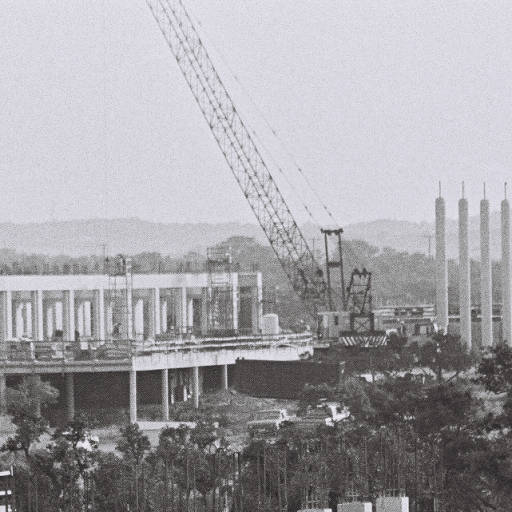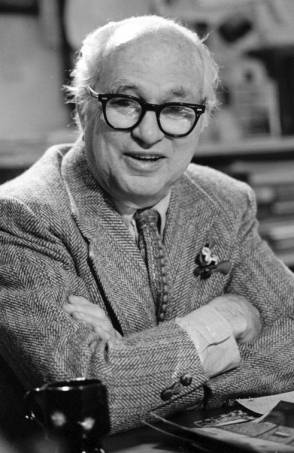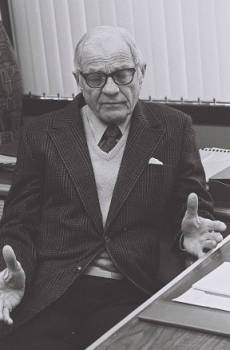Founded by the 61st Texas Legislature on June 5, 1969, the University of Texas at San Antonio (UTSA) was commissioned as a university of the first class. Today, UTSA offers bachelor’s, master’s and doctoral degrees through nine colleges and the Graduate School.
Until UTSA was established, San Antonio was the only major city in the nation not served by a public university. Leaders, legislators and the public knew that if San Antonio was to achieve its full potential, a top-tier university was needed to offer a comprehensive array of courses and degrees.
The university’s first two presidents, Arleigh B. Templeton and Peter T. Flawn, worked diligently to hire faculty, develop a curriculum and library, and finalize plans for a campus to be built on 600 acres near the junction of Interstate 10 and Loop 1604 in northwest San Antonio. At the time of construction, from 1972 to 1976, the campus was the largest university construction project in the country, comprising seven major buildings.
While Dr. Carl F. Raba was finishing up the USAA project, he was tracking the conversation about the possibility of a University of Texas campus coming to San Antonio. “I started queuing up for the geotechnical and construction materials part of the work, if it was going to happen,” said Dr. Raba. “I visited with the head of the Office Facilities, Planning and Construction for UT (OFPC), who at that time was Chris Kristopherson, a former Colonel in the military. We immediately developed a good relationship—it may have helped that I was an ex-Army Captain.”
It was coincidental that Ernst Raba, Carl’s uncle, was Dean of the St. Mary’s Law School at that time. Ernst knew the Chairman of the Board of Regents for the UT System, John Pease. The Board of Regents had to approve all of the firms that worked on the project.
“I never met John Pease and I’m not saying that Ernst helped: I’m just saying that having someone know who you are in advance can never hurt, especially if you have a good reputation,” mentioned Carl.
It should be no surprise that Raba & Associates was hired to do the geotechnical for the project. Like the USAA project, Carl knew that it was going to be an interesting and challenging project. The Raba team began by planning the core drilling to find the foundation conditions of the area.
“There were turkey and deer all over the location” said Carl. “It was a beautiful and pristine area, covered with thick trees. It was also very far north of downtown, all of the way to 1604, and the site was suspected to be full of limestone. There was criticism that the University was being built so far from downtown, but I could see that it was the correct choice for the institution—a beautiful location with 600 acres to grow into the future.”
He got an aerial photo of the site to see if there was a way to get drilling equipment to the areas where he wanted to drill. There wasn’t, so they marked sites on the site map and then walked it, to define the “character” of the site.
O'Neill Ford, AIA, Design Architect for the UTSA Development
Carl was working with representatives from the UT System, the structural engineer and the two architects that were chosen to manage the project. The design architect was O’Neill Ford, AIA, a principal with local firm, Ford Powell Carson. The administrative architect, responsible for construction management, was Bartlett Cocke, Sr., AIA. (Bartlett Cocke was the father of construction firm founder, Bartlett Cocke, Jr.)
“These two titans of architecture designed and built a campus that would stand the test of time. The UTSA campus today is a testament to their dedication, talent and expertise,” said Carl.
“The geotechnical was a very long process. There were a lot of design changes and relocation of the buildings, even new facilities were being planned as we went along,” said Carl.
The team drilled 100 ft deep borings in a grid to identify faulting (previous movements on site). The remainder were 50 ft deep borings through limestone where shallower foundations would be constructed.
Bartlett Cocke, AIA, Construction Management Architect the UTSA Development
Pretty soon, Raba and Associates was strategizing to win the Construction Materials Testing for the job, and so Carl again visited Bartlett Cocke, Sr. to discuss the project and possible fees. Although it was the early 1970’s, Bartlett brought out his slide rule to do the calculations as a percentage of construction costs. Raba was chosen for the job, but before construction started, both architects, Carl and a rep from the system, walked the site to look at the stake out by the surveyor. “Ford kept moving the stakes to avoid cutting down trees, but every time he moved a stake, it impacted more trees. Finally, Bartlett Cocke, said, ‘Neil, let’s build where we need to and plant more trees!’”
A contractor from Houston was hired to build the first buildings. They filed for change orders, however, even before work was started. After that awkward kickoff (solved by Chris Kristopher) the project went pretty smoothly. Raba & Associates had staff on the site full time. “There were lots of inspections because of the limestone, particularly where there were drilled shafts. It was a multi-year contract, including work on additions to the site. Raba Kistner still does projects at UTSA, including other service lines, and remains very involved with the students.















